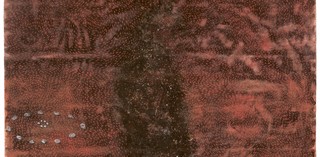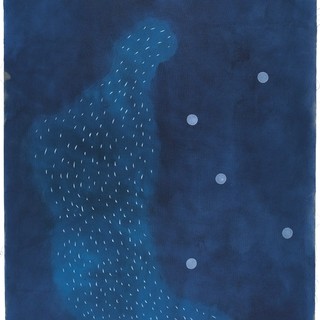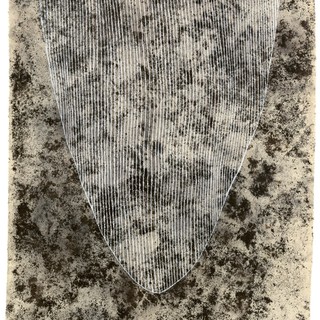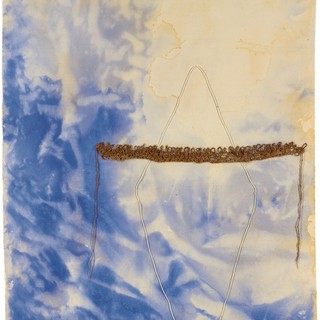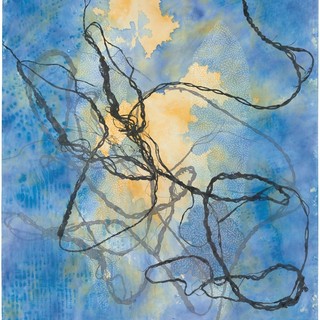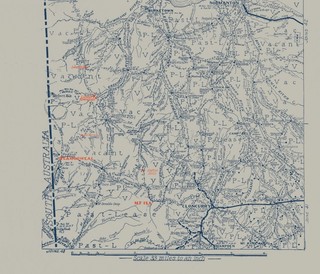
Waanyi Country
‘Judy Watson paints the country not from outside it but within it’.
Judy Watson maintains an abiding connection to her Waanyi Country in north-west Queensland.1
The Waanyi homelands stretch from deep into the Northern Territory and west into Queensland, across Boodjamulla (Lawn Hill) National Park, to the small township of Gregory (formerly Gregory Downs) in the east. Major waterways — Cliffdale Creek, Nicholson River, Lawn Hill Creek and the Gregory River — crisscross this territory whose southern border follows the bends of the O’Shannassy River.2 Sites of significance for Watson on Waanyi Country are Lawn Hill Gorge, and Lawn Hill Station and Riversleigh Station, two pastoral stations that became ‘workplaces’ for many Aboriginal people in the area.3


